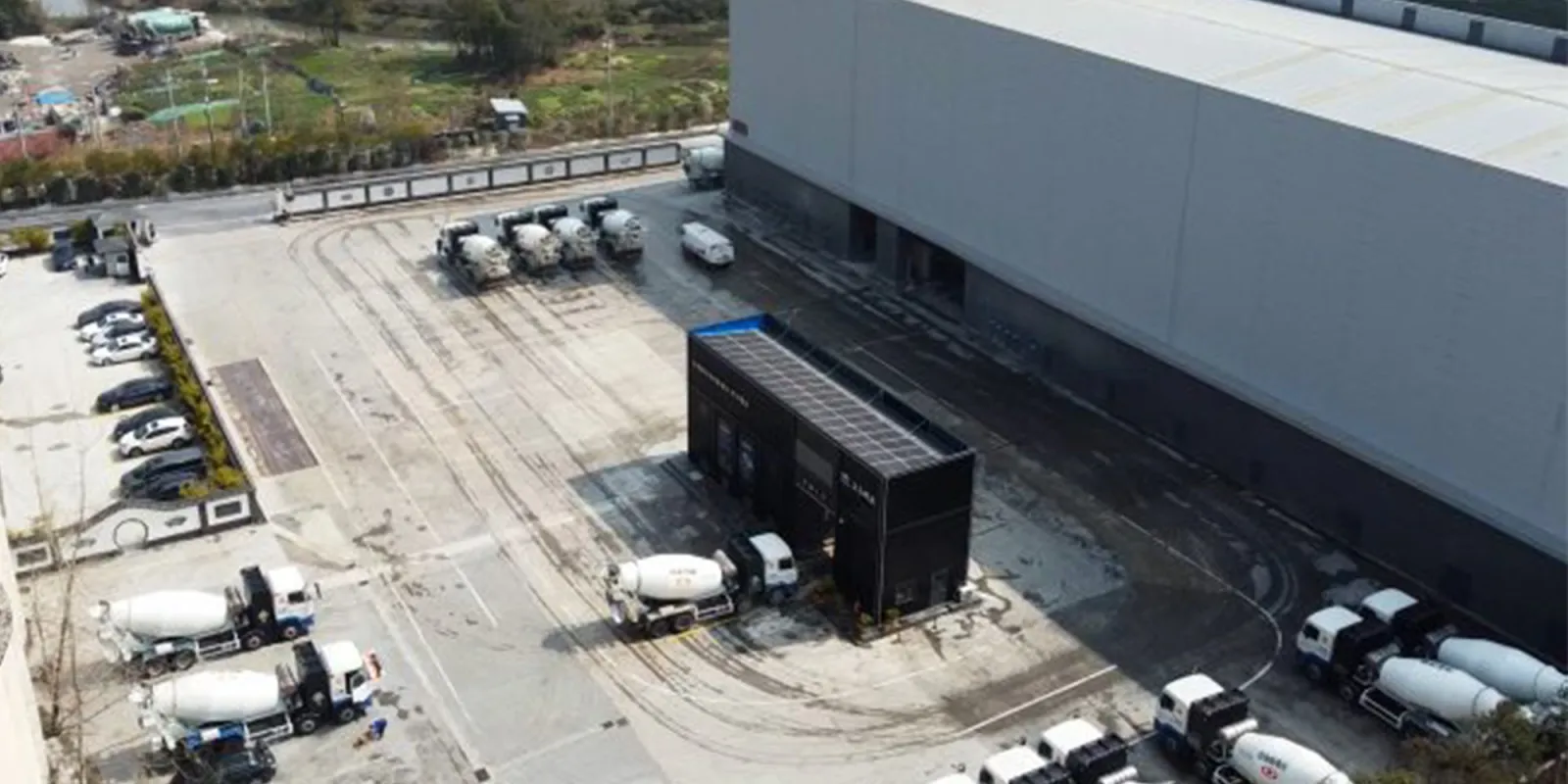
Chinese multinational automotive company, Geely, has shared a recent update from its Technology Group subsidiary showing battery swap capabilities integrated into what it calls Heavy Goods Vehicles (HGVs). The battery swap stations operate under the same concept as passenger EVs, but use a different swap method without having to lift the hefty construction vehicles.
Zhejiang Geely Holding Group Co., Ltd, better known as Geely, is a multinational automotive company based in China with connections to several other OEMs around the globe. For example, Geely owns a large majority of Volvo Cars and just over 50% of Polestar. Same goes for Lotus.
It also completely owns its own brands under various subsidiaries like Zeekr, Maple, and Farizon Auto which is working to deliver its “Homtruck” electric semi globally in 2024 – not to mention its own marque of vehicles from Geely Auto.
Last year, the company’s subsidiary, Geely Technology Group was touting battery-swap technology in China designed specifically for rideshare vehicles that could replace an EV battery pack in one minute.
According to Geely’s latest update, its not able to hit those battery swap speeds yet, but it is able to do so one a much larger (and a much, much heavier) scale.

Geely shares stations that can swap 3.2 ton battery packs
Geely recently shared news of the HGV swaps in its media center on behalf of the Technology Group. With this swap technology, Geely hopes to bring more sustainability to heavier commercial vehicles like cement mixers and construction trucks.
While the trucks do not appear much different from the outside, a digital visit to the swap station tells a unique story. Behind the driver’s cabin sits large black box containing the battery cells and housing for easier access to swap.
Geely shared that the cement mixers seen above currently use a battery that can store up to 280 kWh of power, delivering around 190 km (118 miles) of range while simultaneously powering other vehicle functions, such as spinning the mixing drum.
HGVs weight a lot more than the passenger EVs Geely is used to, especially if they’re carrying wet cement – so you’re not going to lift a 31-ton truck to get a battery pack out of the bottom. In this case, Geely had to innovate, hence the battery placement behind the driver cab.
Drivers can pull in and park using designated wheel guides to ensure perfect alignment, then scan a QR code to begin the completely automated process. As you can see in the gif above, a crane housed within the swap station comes down and hoists the 3.2-ton battery up and into the battery warehouse, then swaps it out with a fresh one.
Geely states that the entire process takes five minutes from start to finish, comparable to a trip to the gas pump (but arguably a helluva lot less expensive). $5 gets drivers about 100 km (62 miles) of all-electric range.
Geely’s swap stations take up about 200 square feet and can be constructed quickly. They can also be rigged with solar panels to provide clean energy to some of the station’s operations.
While the jury may still be out on the potential of battery swaps, the technology continues to develop and expand, especially in China – adding the capabilities to large commercial vehicles that usually only make short trips only adds to the cause.
FTC: We use income earning auto affiliate links. More.



Comments